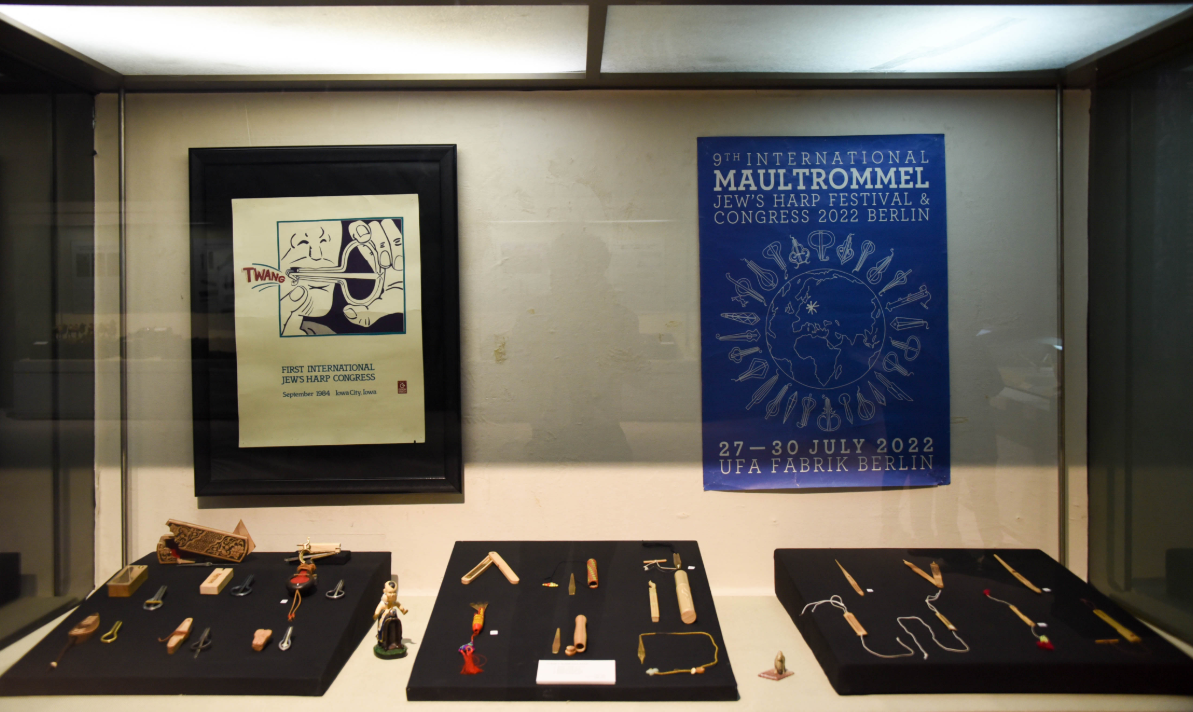
On April 9, the National Museum of Mongolia, in collaboration with the Mongolian Tuurgatan Folk Music Association, unveiled the exhibition Nomadic Rhythms and Melodies. The event is dedicated to promoting and raising awareness of the jaw harp—also known as Jew’s harp or kelkhuur—an instrument that embodies an important part of Mongolia’s intangible cultural heritage and is shared by many ethnic groups around the world.
As a traditional instrument of nomadic peoples, the jaw harp is known for its distinctive sound and craftsmanship, which are both in need of preservation and revival. Today, the instrument has spread to more than 160 countries, blending with local customs, traditions and ways of thinking. The exhibition showcases rare and unique jaw harps from over 20 countries and regions, including Mongolia, China, Austria, France, Japan, Russia, Poland and Hungary.
A highlight of the exhibition is a replica of a jaw harp discovered in 1989 by a research team led by renowned Mongolian archaeologist J. Tsevendorj. Found in a Hunnic tomb at Morin Tolgoi in Mongolia’s Tövprovince, the artifact marks a significant finding in the history of Mongolian music. The exhibition also includes bow-shaped jaw harps once used by ancient warriors, brass jaw harps crafted from shell casings, bamboo jaw harps that spread along the Silk Road, and jaw harps made by Yakut artisans in Russia to imitate the human voice. Together, these items trace the evolution of the jaw harps across time and cultures. They are not just musical instruments, but vessels for cultural memory and communication.
Throughout the exhibition, the museum is also hosting a series of events, including a workshop on “Crafting the Bamboo Jaw Harp”, a “Music and Painting Therapy” session, an introductory training course on jaw harps, a music therapy program titled “Melody of Clear Resonance”, and a live performance “Traditional Bearers and Ancient Instruments” featuring jaw harp music.
The exhibition is open until April 18.
Source: Ministry of Culture, Sports, Tourism and Youth of Mongolia
